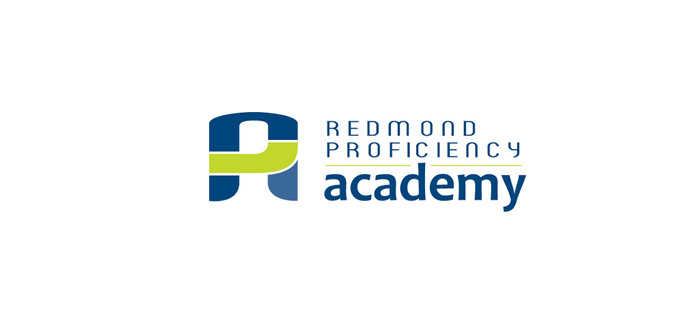According to an annual report released by the Oregon Department of Education, Redmond Proficiency Academy’s (RPA) high school graduation rate for the class of 2020 cohort was 92.47 percent — higher than local, state and national averages, marking the second consecutive year of earning a graduation rate of 92 percent or higher.
“Maintaining our graduation rate during a pandemic is a testament to the dynamic approach RPA has always taken to learning and the independent learning mindset we instill in our students,” said Executive Director Jon Bullock. “We’re proud of our flexible staff and students who were able to quickly pivot to remote learning and finish out the unprecedented year on a strong note.”
RPA features a College Prep program that utilizes a university model scheduling system in which students take advanced courses and learn to be effective university students by learning in seminar environments — emulating a college campus experience. This flexible scheduling model works well for students and families seeking a choice in their educational experience, one that allows them to focus on additional interests outside of school, including downhill and cross country ski racing, equestrian events, rodeo circuits and many other activities.
The cumulative experience of seven years at RPA is preparation for life after high school, Bullock explained. The conversations start in middle school when faculty and staff encourage students to explore their interests and talents, and ways they can apply them to future careers.
The tuition-free public charter school offers courses in award-winning theatre, robotics and arts programs, in addition to computer science, digital filmmaking, rock climbing, Spanish language immersion and many others.
RPA’s graduation rate of 92.47 percent is based on the 2019-20 four-year cohort, which is composed of students who began high school in the 2016-17 school year and who graduated during the 2019-20 school year. Bullock attributes the success of RPA students to several factors:
- Implementation of an intensive senior support program of graduation coaches;
- Development of academic support programs for seniors to move them towards graduation;
- A focus on college pathways and career readiness programs to increase student engagement;
- A data-focused system to identify students who need intervention and who may be at risk of falling behind.
“RPA has always been able to nimbly adapt to the needs of our students, families and community,” Bullock said. “In order to continue to work with our families to provide all of our students with an education as unique as they are, we plan to offer three different learning models that will immerse all of our students in rich, personalized educational experiences.”
These learning models include: RPA Online, RPA @ Home and the RPA Hybrid Model.
- RPA @ Home: RPA students participating in Comprehensive Distance Learning (CDL) are currently engaging in the RPA @ Home learning model. RPA has learned a lot about how to best serve students in a distance learning model, and the RPA @ Home model provides students with a meaningful, engaging and enriching educational experience. This model utilizes a personalized digital curriculum and Google Classrooms run by RPA teachers. RPA @ Home allows students to have an interactive remote experience that provides a proficiency-based education in a personalized learning environment from their own home. RPA @ Home also allows for continuity of instruction regardless of any further changes to state metrics and any potential changes to the status of in-person instruction.
- RPA Online: Nearly 150 students have successfully completed their first semester in RPA Online. Families and students who choose to participate in RPA Online will continue learning online regardless of state metrics and the potential changes in status of in-person instruction. RPA encourages and welcomes student participation in the RPA Online learning model anytime throughout the duration of the school year.
- RPA Hybrid Model: When students are able to return to in-person instruction, they will have the opportunity to participate in the RPA Hybrid Model. In the RPA Hybrid Model, middle and high school students will attend school two days a week and engage in remote learning for the other three school days. The RPA Hybrid Model uses the same structure and elements of RPA @ Home but allows for students to be on campus two days a week.
“I am incredibly proud of our students and staff for their continuous achievements, especially during this past year,” Bullock said. “Our growth and success as a public charter school is directly attributed to the commitment of our staff, students, families and a community who has embraced our proficiency-based methodology that empowers students to own their education.”




